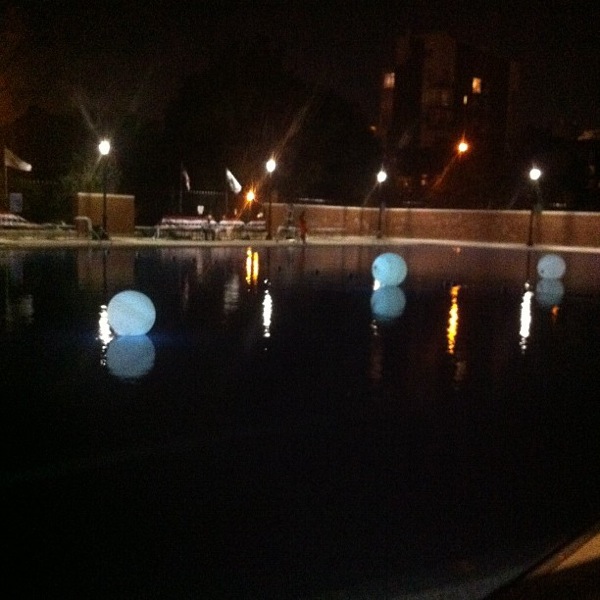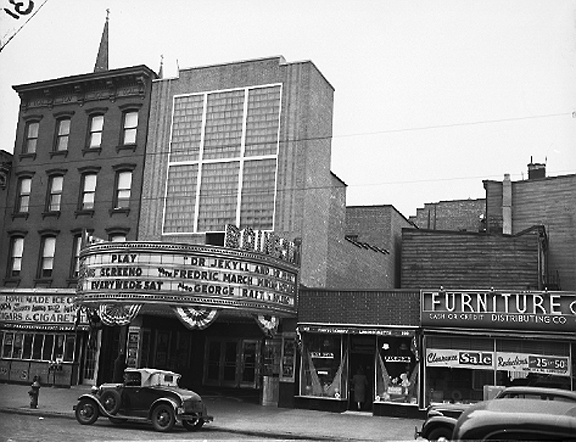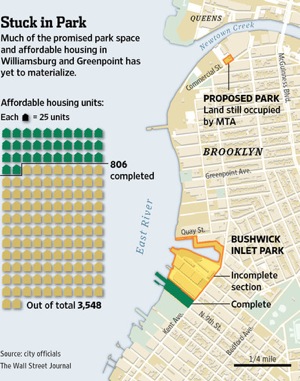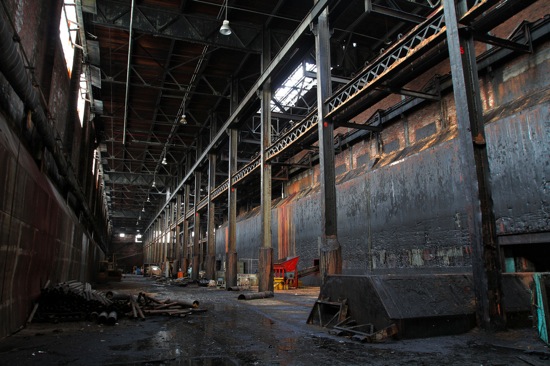Beautiful pictures and nice synopsis of the Greenpoint Boathouse project at Brooklyn Based:
Community advocates want to reclaim Newtown Creek by constructing a boathouse in the ground floor of the Greenpoint Manufacturing and Design Center (GMDC). The project would also include a repaired bulkhead and an esplanade along the waterfront. For boaters and the kayak-curious, it will mean storage space for non-motorized watercrafts and a training center for recreational boating. For all other visitors, it will provide a place to enjoy the waterfront, as the development would create a public gathering spot that is more of a park than a club.
If all goes according to plan, Greenpoint will have this new waterfront park by 2014.




